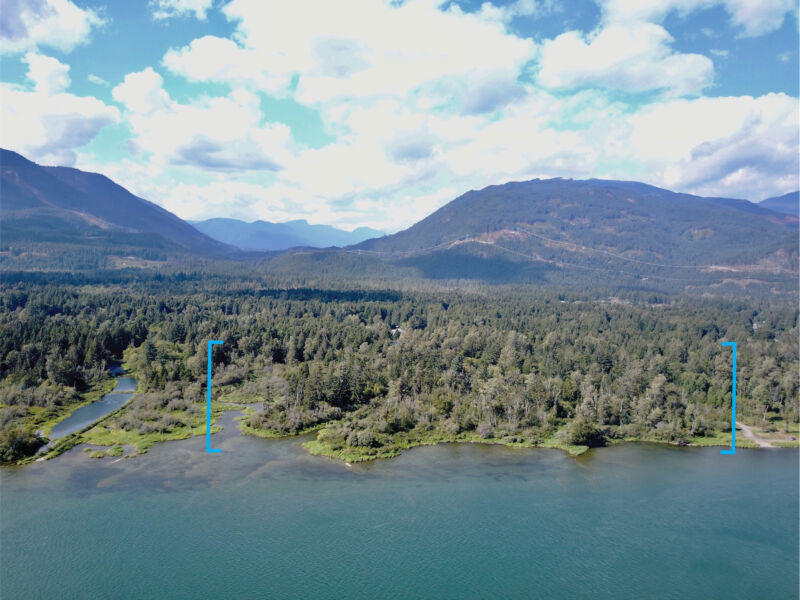
Enlarge / From some perspectives, the forest garden doesn’t stand out from the landscape. (credit: Chelsey Armstrong)
In the 1930s, an archeologist from the Smithsonian wrote a short paper remarking on the exquisite vegetation around First Nation villages in Alaska. The surroundings were filled with nuts, stone fruit, berries, and herbs—several non-native to the area and many that would never grow together naturally. Apart from this brief mention, however, the significance of these forest gardens went largely overlooked and unrecognized by modern archeology for the next 50-plus years.
In the last decades, archeologists have learned that perennial forest management—the creation and care of long-lived food-bearing shrubs and plants next to forests—was common among the Indigenous societies of North America’s northwestern coast. These forest gardens played a central role in the diet and stability of these cultures in the past, and now a new publication shows that they offer an example of a far more sustainable and biodiverse alternative to conventional agriculture.
In a collaboration with the Tsm’syen and Coast Salish First Nations, this research shows that these gardens have become lasting hotspots of biodiversity, even 150 years after colonists forcibly removed the inhabitants from their villages. In a project combining archeology, botany, and ecology, this work is the first to systematically study the long-term ecological effects of Indigenous peoples’ land use in this region. Beyond the impressive longevity of these gardens, they offer ideas for farming practices that might restore, rather than deplete, local resources to create healthier, more resilient ecosystems.





